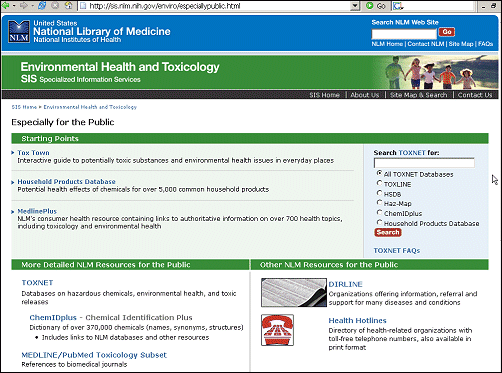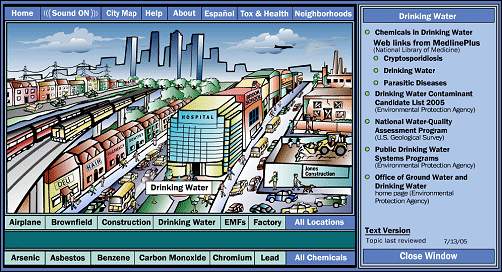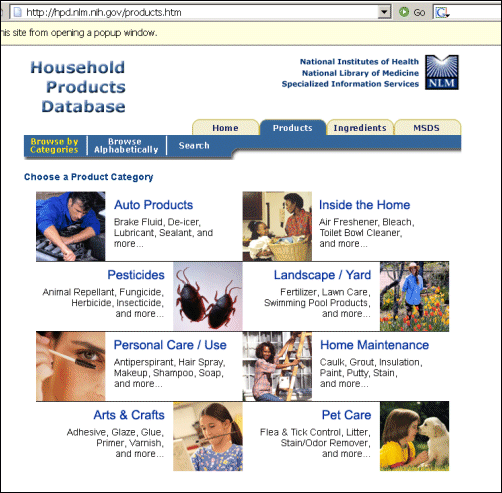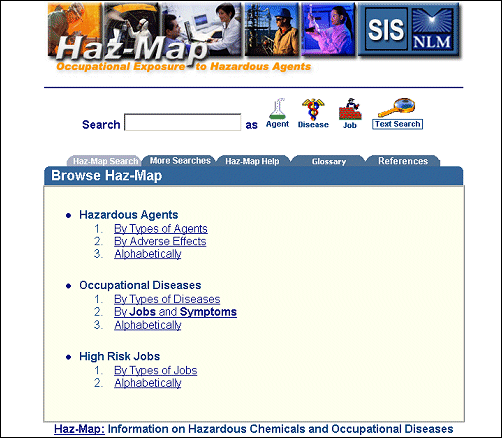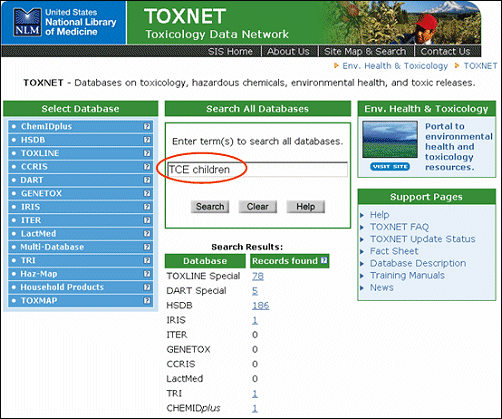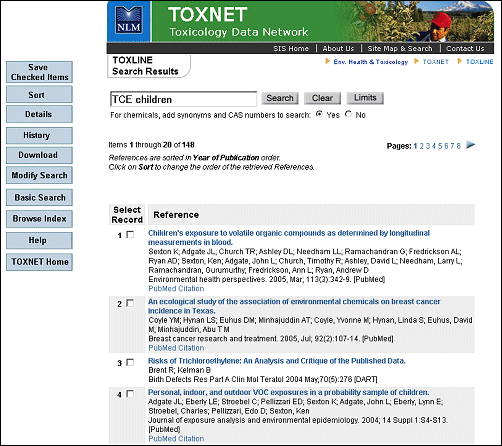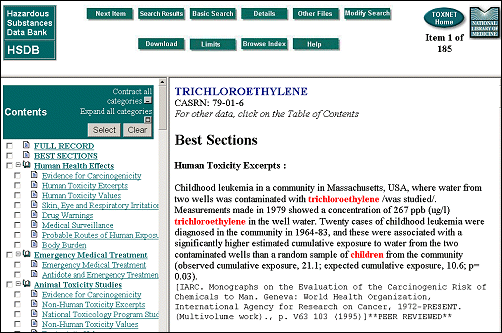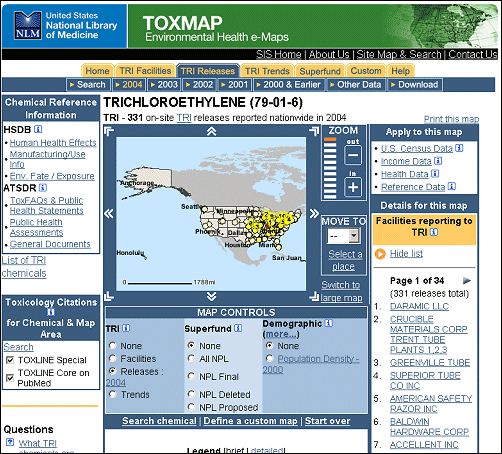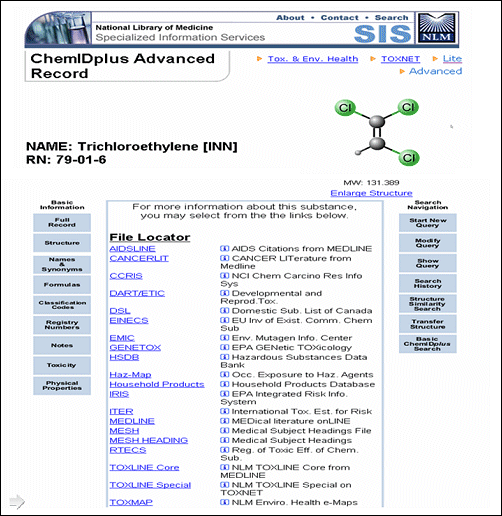Read more about the modernization release schedule in this announcement.
Contact the NLM Help Desk with any questions or concerns.
 Skill Kit: Overview of Resources from the Toxicology and Environmental Health Information Program (TEHIP)
Skill Kit: Overview of Resources from the Toxicology and Environmental Health Information Program (TEHIP)
People have always been connected to their environment. Human health depends on the quality of our air, our water, and our earth. Today people are especially aware of ways in which the environment can affect human health and development. Recognizing this important connection between our health and our surroundings, as well as the goal to facilitate and encourage access to and use of high-quality information, the NLM® Toxicology and Environmental Health Information Program (TEHIP) from the Division of Specialized Information Services (SIS) includes a variety of resources, for a wide range of users, available through the Environmental Health and Toxicology Web portal.
This portal is easily accessed through "Environmental Health and Toxicology" link in the left column of the NLM homepage and an introduction can also be viewed online. (Macromedia® Flash Player is required.)
The Environmental Health and Toxicology portal links health professionals, scientists, and the public to many resources produced by NLM and other organizations. To learn about the resources and how they can be used, click on a topic or audience type (see Figure 1 for "Especially for the Public" homepage).
For example, clicking on "Especially for the Public" provides suggestions and descriptions of resources that are directed to health care consumers, such as Tox Town, the Household Products Database, and MedlinePlus. Many of these resources can be searched from the blue box on the right side of the page.
Tox Town is an interactive guide to potentially toxic substances and environmental health issues. It explores the environmental issues that may affect homes, schools, offices, parks, and other everyday places. Tox Town provides links to selected resources which can help you learn about keeping drinking water safe (see Figure 2), and about potential hazards in homes or schools.
The Household Products Database provides information on the potential health effects and safe use of common products in and around homes (see Figure 3). Information is taken from manufacturers' product labels and Material Safety Data Sheets.
The Household Products Database also links to other NLM resources, including TOXNET® and PubMed® to provide more information on household chemicals.
Those interested in the scientific literature can click on either "Especially for Health Professionals" or on "Especially for Researchers" on the Environmental Health and Toxicology portal page and again find descriptions of suggested resources for these audiences.
Haz-Map is an occupational health database designed for health and safety professionals and for consumers seeking information about the health effects of exposure to chemicals and biologicals at work (see Figure 4). Haz-Map links jobs and hazardous tasks with occupational diseases and their symptoms.
TOXNET provides access to references, online handbooks, and other databases related to the adverse effects of chemicals and other agents. For example, a search in TOXNET for the effects of TCE (trichloroethylene) on children shows the databases that have information on that topic (see Figure 5).
TOXLINE provides references to the related scientific literature (see Figure 6).
The Hazardous Substances Data Bank®, or HSDB, contains peer-reviewed excerpts from the published literature in handbook form (see Figure 7).
TOXMAP displays maps of the United States with environmental data such as releases of chemicals into the environment and locations of hazardous waste sites (see Figure 8).
ChemIDplus, a dictionary of over 370,000 chemicals, can be used for information about chemical names, synonyms and structures. It includes links to NLM databases and other resources (see Figure 9).
These are only a few of the many NLM environmental health and toxicology resources that can help us better understand that the environment is our health. To explore these and other resources, visit NLM's environmental health and toxicology portal at //sis.nlm.nih.gov/enviro.html
Skill Kit: Overview of Resources from the Toxicology and Environmental Health Information Program (TEHIP). NLM Tech Bull. 2006 May-Jun;(350):e7.

